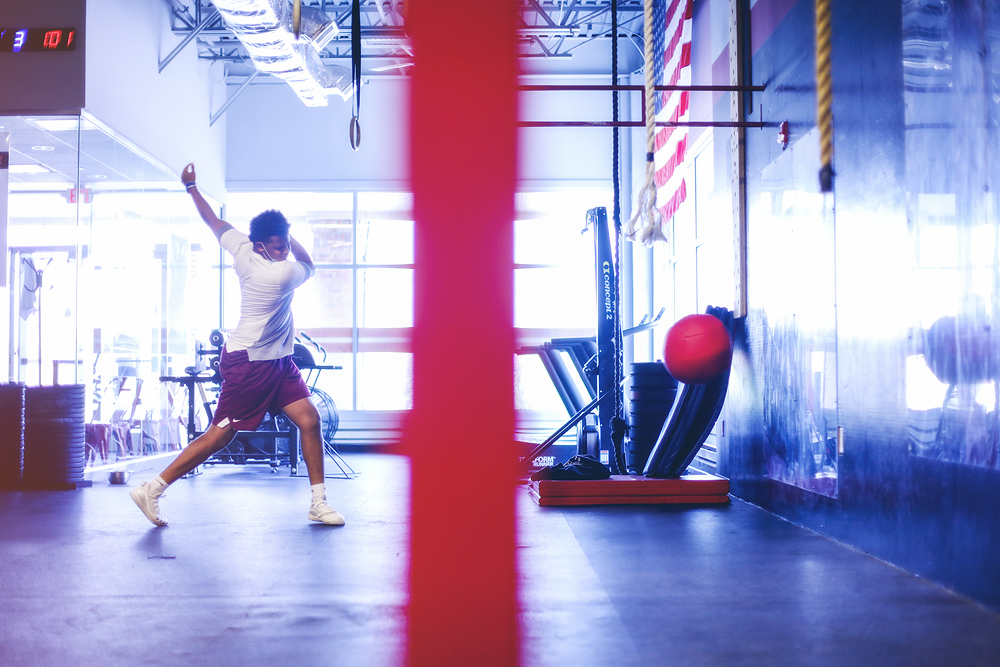- Why Baseball throwing requires good physical conditioning, as it involves explosive force generation and deceleration, which can lead to injuries without proper preparation.
- How the Thrower’s 10 Program is designed to help strengthen baseball players’ shoulders and reduce the risk of injuries.
- What parents and coaches should be mindful of the intensity of throwing activities for young athletes, as they require patience, guidance, and communication to ensure their success and well-being.
Now that baseball is back for all age groups and tournaments are looming around the corner, we want to make sure your children and our athletes are heading in the right direction while avoiding a throwing injury. After a long break from all sports due to Covid-19, most of the athletes will be deconditioned due to the lack of physical activity and motivation because of the loss of the spring season.
The main misconception about baseball is that “you don’t need to be in good physical shape in order to throw.” This cannot be farther from the truth. Throwing is an explosive and powerful motion that requires a tremendous amount of force to propel the ball forward and a significant amount of effort to decelerate aka slowing down after the throw. If there is an inadequate balance in force generation (throwing hard) and force reduction (slowing down), shoulder and elbow injuries are quite common.
Because our job is to help baseball athletes stay healthy while improving their performance so they can play baseball at their highest potential, we have a YouTube playlist meant to help strengthen their shoulders here called the Thrower’s 10 Program, demonstrated by Dr. Nick.
Throwing Warm-Up
- 10 feet throw – 10 throws
- 20 feet throw – 10 throws
- 40 feet throw – 5 throws
- 60 feet throw with crow hop – 5 throws
- 75 feet throw with crow hop – 5 throws
- 90 feet throw with crow hop – 5 throws
After your practice, if you have some soreness please go back and do the mobility preparation. Remember that soreness is NORMAL but PAIN is NOT.
What is the difference between soreness and pain?
Soreness is that fatigue and aching feeling that you get after a good workout
Pain is a sensation that can be sharp, burning, and deep ache that most of the time does not go away after 48 hours or so. If you are feeling within your throwing shoulder and elbow please give us a call at 973-281-4981 or email info@myokinetix.com to schedule a phone consultation so we can HELP you figure out the issue before it becomes a season-ending injury.
To the parents and coaches that are reading, the more throwing activity and intensity the athlete does, the more rest he/she will need. Please be mindful that you are working with a younger athlete and not an adult. What works for adults DOES NOT work for youth athletes. They are still growing and still learning about their own bodies which require patience and guidance. Please encourage them to be verbal and give feedback to see how they are feeling that is the best way to ensure success for their future.
We hope you guys find this helpful and remember we are here in your corner =)
Dr. Natty Bandasak
P.S. We are offering FREE 30 Minutes in-person/online visit for anyone that is dealing with some PAIN. Just because you are stuck at home, that doesn’t mean you should be in pain as well =) call us at 973-585-4990 or email info@myokinetix.com

